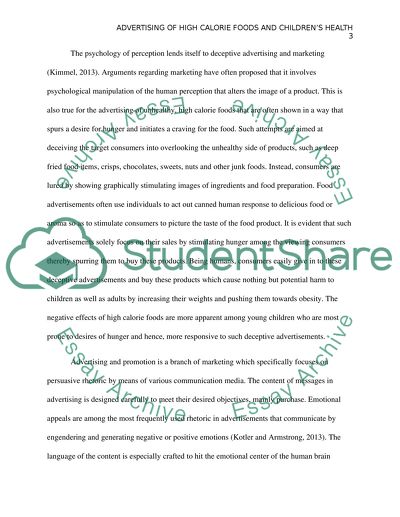Cite this document
(Advertising of High Calorie Foods and Childrens Health Article, n.d.)
Advertising of High Calorie Foods and Childrens Health Article. Retrieved from https://studentshare.org/health-sciences-medicine/1654397-law-should-banned-adverting-which-has-high-calorie-foods-for-children-that-affect-them-negative-on-their-health-and-behavior
Advertising of High Calorie Foods and Childrens Health Article. Retrieved from https://studentshare.org/health-sciences-medicine/1654397-law-should-banned-adverting-which-has-high-calorie-foods-for-children-that-affect-them-negative-on-their-health-and-behavior
(Advertising of High Calorie Foods and Childrens Health Article)
Advertising of High Calorie Foods and Childrens Health Article. https://studentshare.org/health-sciences-medicine/1654397-law-should-banned-adverting-which-has-high-calorie-foods-for-children-that-affect-them-negative-on-their-health-and-behavior.
Advertising of High Calorie Foods and Childrens Health Article. https://studentshare.org/health-sciences-medicine/1654397-law-should-banned-adverting-which-has-high-calorie-foods-for-children-that-affect-them-negative-on-their-health-and-behavior.
“Advertising of High Calorie Foods and Childrens Health Article”, n.d. https://studentshare.org/health-sciences-medicine/1654397-law-should-banned-adverting-which-has-high-calorie-foods-for-children-that-affect-them-negative-on-their-health-and-behavior.


